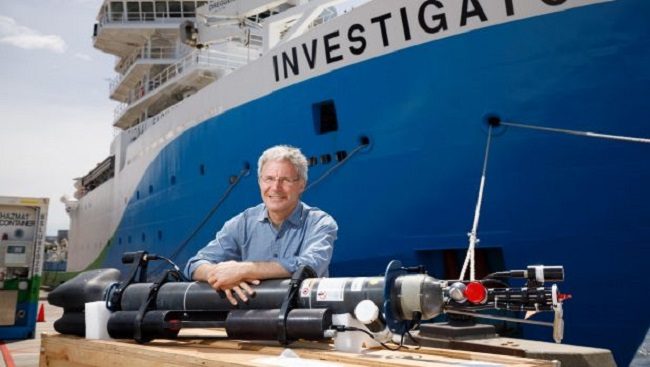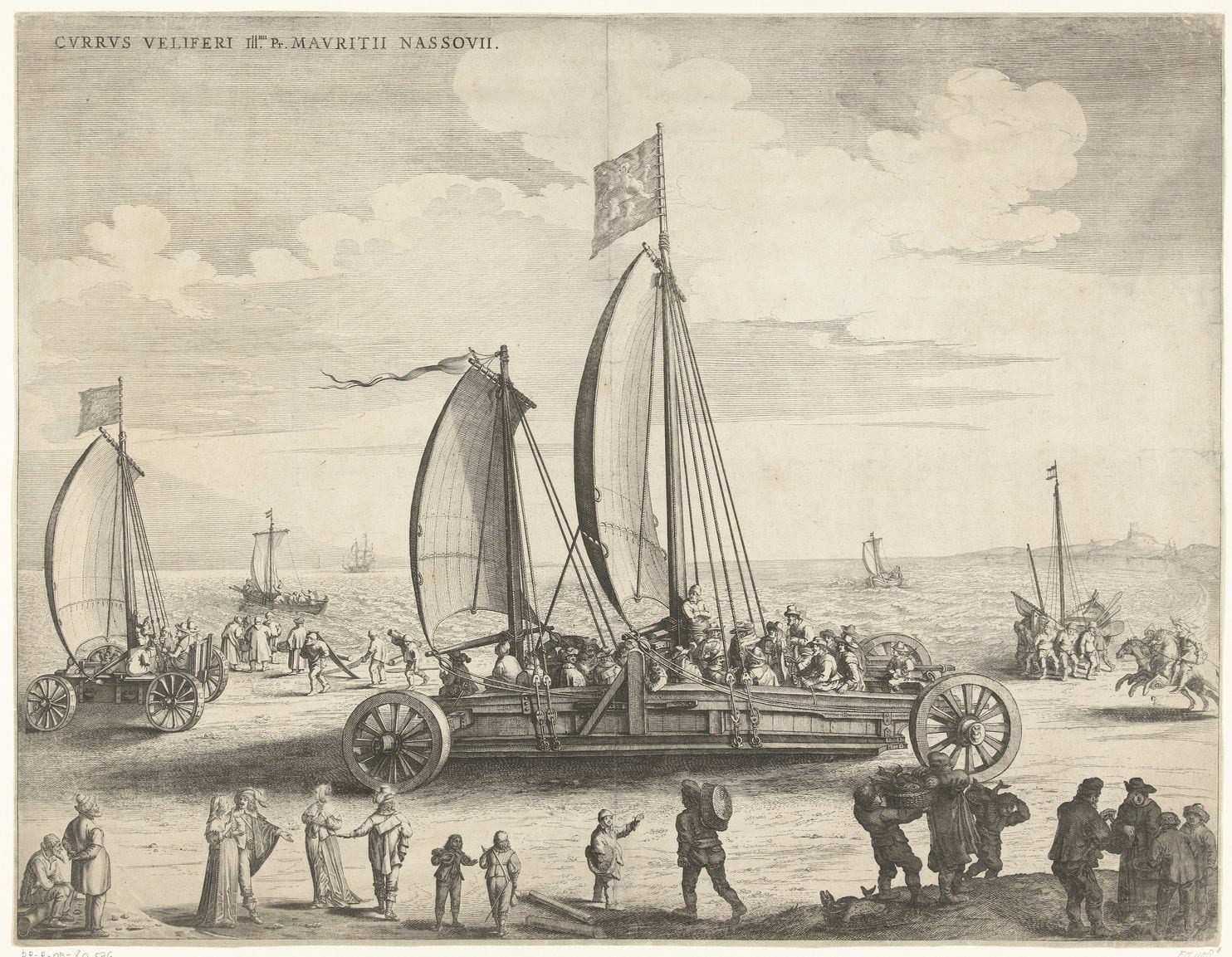
© Peter MathewDr Steve Rintoul, chief scientist of the RV Investigator voyage, with one of the deep-sea floats.
Researchers aboard an Australian ship undertaking pioneering work in the Southern Ocean have found the "first hint" of a
shift in a decades-long trend towards fresher, less dense water off Antarctica.Teams of scientists on the
RV Investigator have been profiling the salinity and temperature of water between Tasmania and Antarctica at 108 locations.
They also released the first batch of deep Argot floats to measure conditions as deep as 4000 metres.
But it is the early analysis of data on salinity in the so-called bottom waters near the seabed that may stir international debate.
"Every time we've measured since the 1970s, [bottom water's] been becoming lighter and fresher," Steve Rintoul, the voyage chief scientist, told Fairfax Media on Monday as the ship took its final ocean profile.
"We've got the first hint now that maybe things are shifting back to becoming saltier and denser in the deepest part of the ocean," said Dr Rintoul, who is a senior researcher at CSIRO and the Antarctic Climate and Ecosystems (ACE) CRC.
Dr Rintoul said "this increase in salinity still brings levels to nowhere near where they were in the 1970s ... nor even into the 1990s". The trend of warming of those waters has not changed.


Comment: To read more about our real history, as hinted at in myth and legend, proven through research, and how those same events are happening today, see:
- The Golden Age, Psychopathy and the Sixth Extinction
- Tunguska, Psychopathy and the Sixth Extinction
- Of Flash Frozen Mammoths and Cosmic Catastrophes
- Post-nihilism, a template for where we are heading
- Is the U.S. Republic ending? 8 striking parallels between the Fall of Rome and the U.S.
- Apocalypse Now! Of Revolutions and Crop Disasters
- NASA: 'Unusually cold winter' causes Lake Erie to ice over while nearly 60% of lakes ice-covered
- Heavy snowfall sets records in Norway, raises concerns
- Massive flooding in Europe during the Little Ice Age
Also check out our monthly documentary: SOTT Earth Changes Summary - January 2018: Extreme Weather, Planetary Upheaval, Meteor Fireballs